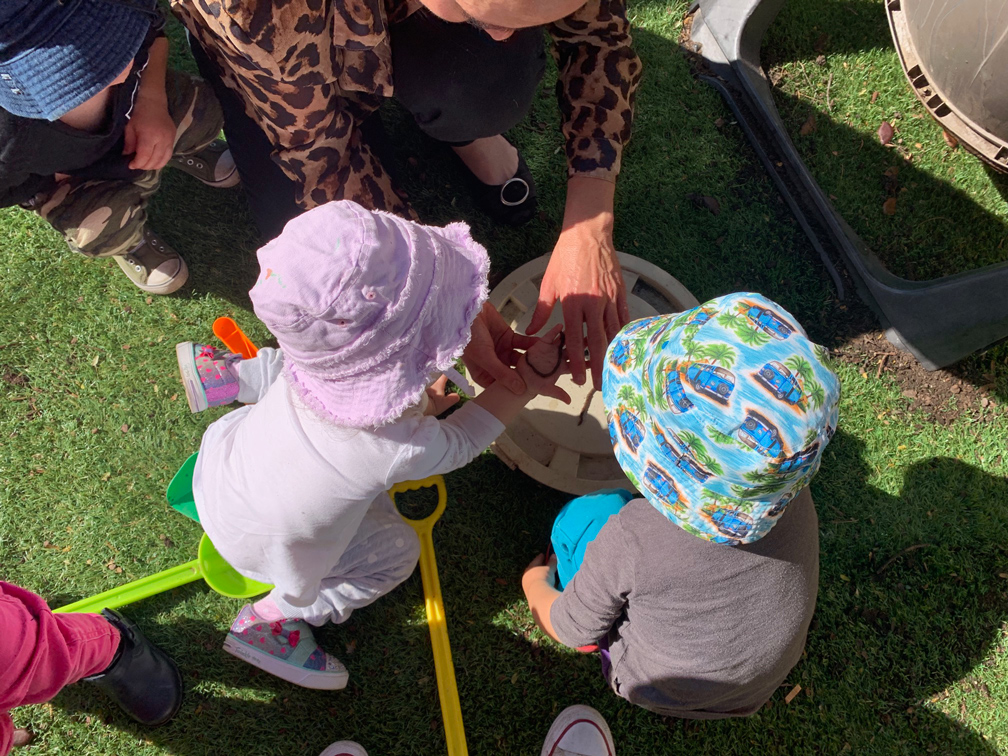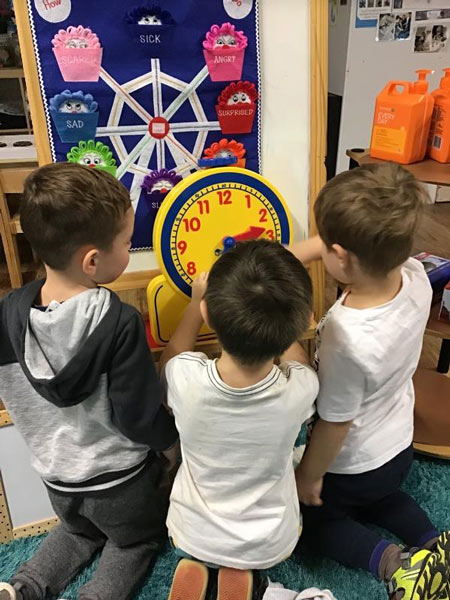Our Teaching Methods

Our educational programs cater for children ages 6 weeks – 5 years, which includes a kindergarten program and all of the preparation our younger ones need to excel. Our curriculum directly aligns with both the Early Years Learning Framework and the Queensland Kindergarten Learning Guidelines. With these learning outcomes, we use contemporary methods to communicate and support our little ones learning journeys.
Scaffolding
The first method we use is known as scaffolding. When you think of scaffolding you’re most likely to imagine the framework in which construction workers use on a building to support themselves whilst they build. Well, our educational scaffolding isn’t too different – we use scaffolding to assist our children within their educational journey allowing them to problem solve while we are there as the supporting structure. This technique lets us take an encouraging and insightful position within building a child’s skillset or learning new ideas, so they can take the driver’s seat in their learning journey.
An example of scaffolding:
Using probing questions such as: “What are you thinking?” or “What else do you think we could do?”
Making suggestions: “What if we did things this way?” “Would it help if we did this?”
Using demonstrations if they’re struggling or offering positive reinforcements or encouragement if they’re on the right track.


Emergent Play
Our educators engage the child’s curiosity and inspire them to explore, collaborate and be creative by exploring content that the children have demonstrated they are interested in. However, to master this technique our educators must be flexible and alert as they are required to alter their plans accordingly. By doing so correctly, a child is more likely to participate in the lesson actively and reach developmental objectives and learning outcomes.
